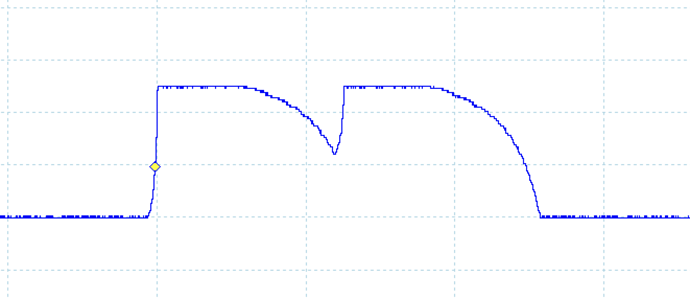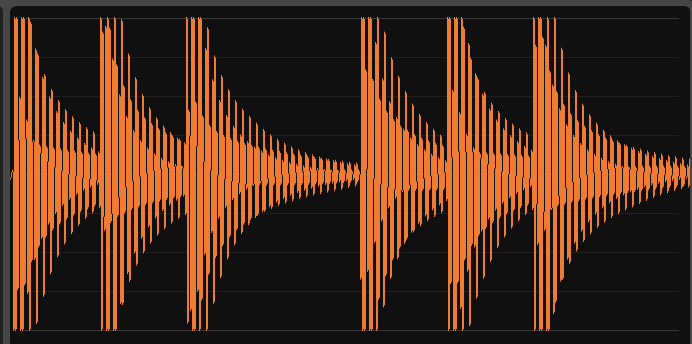I was just asking about this yesterday on muffs and came here to join for this very reason!
So hello! I’m new here but not new to Intellijel modules, which I love 
 . First module I bought was Intellijel and many more since. ANYWAY.
. First module I bought was Intellijel and many more since. ANYWAY.
For reference here is the post asking about what quad envelope generators can do this:
https://www.muffwiggler.com/forum/viewtopic.php?p=3347386#p3346856
I’ve actually had Quadrax off the table (for now at least, who knows how my needs will change down the line) for this reason but out of the other options if Quadrax could do this I think it wouldn’t even be a debate for me. I have a Quadra and that is by far my favorite EG, but that’s got its hands full already 
I have very specific use case:
I need to use my envelopes simultaneously for triggers and amplitude on an ER-301 (sample players). If decay time is too long and the envelope does not reset to 0 or indeed low enough to rise up and hit a gate/trigger threshold, I miss beats. Might seem silly or too much of an edge case but doing it this way saves me 4 entire gate inputs on the ER-301 and the ER-301 inputs are pretty scarce resource in my rack despite being 20 of them  . O_C gives me this but I really miss the hands on control of my envelopes.
. O_C gives me this but I really miss the hands on control of my envelopes.
And yes! It will cause clicks! But it doesn’t really pop, I guess? If you have zero attack it doesn’t matter if you’re interrupting the previous env or starting from silence, there will be a click. It’s the pop we don’t want, right?
And that has me thinking - to be specific, just resetting to 0 is great, but can it be done without the click / pop? Or more specifically without more click than you’d get from a zero attack in any case? Perhaps with a fade? I understand perfectly that we can’t time travel, however I’d be more than willing to deal with a known amount of ms delay. I guess it comes down to what’s the minimum amount of time and what curve could be used to ensure no “pop”? How do drum machines and samplers with mono retrigger behavior deal with this?
(Minor edits for clarity)


